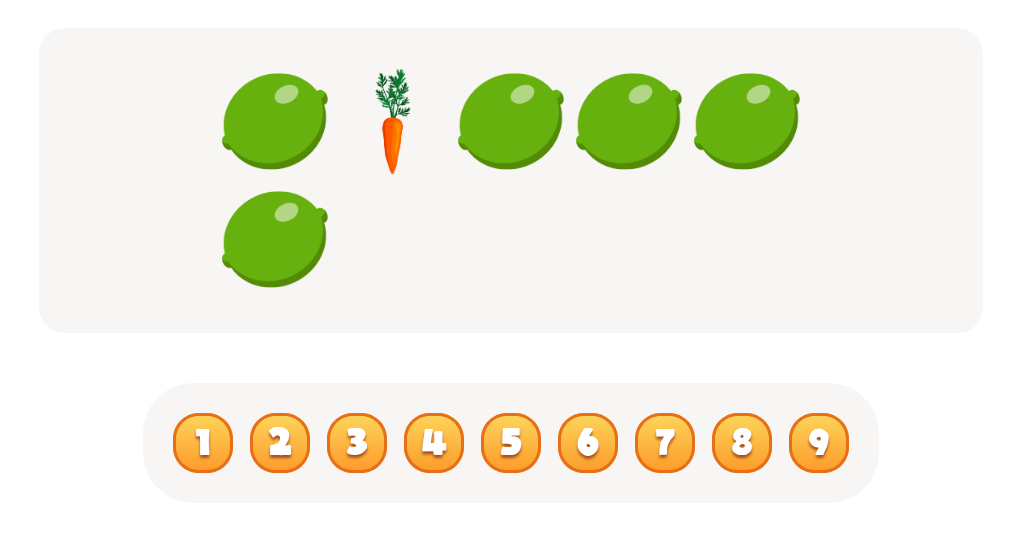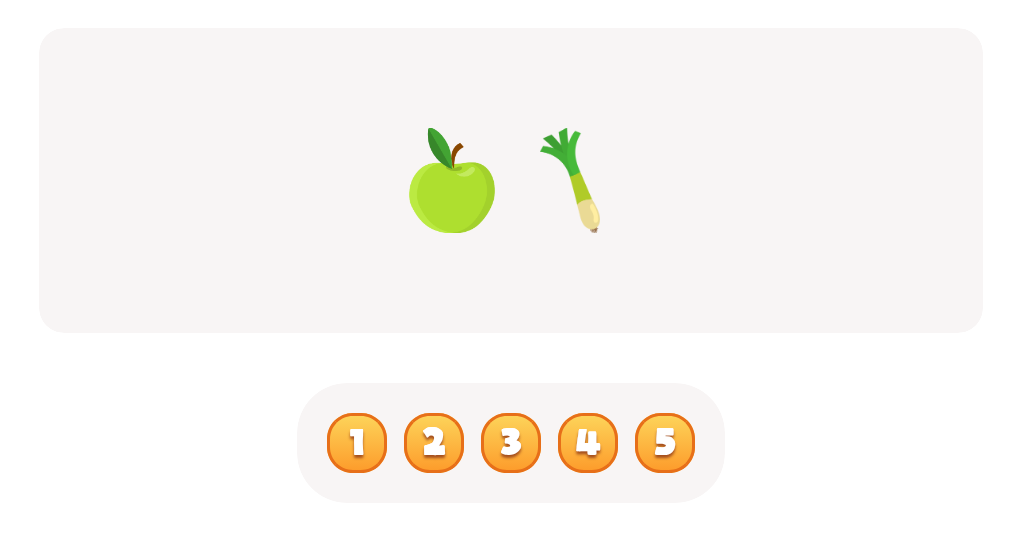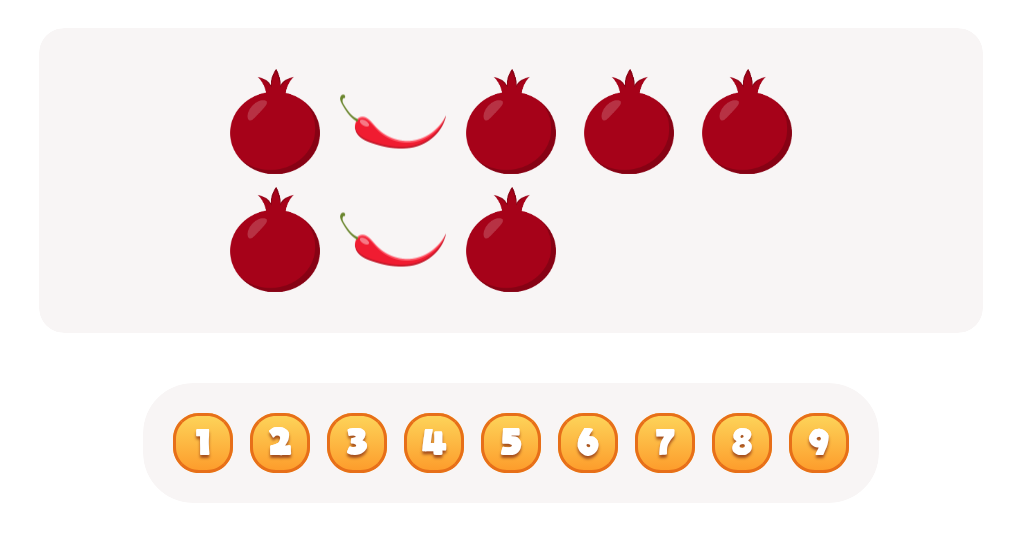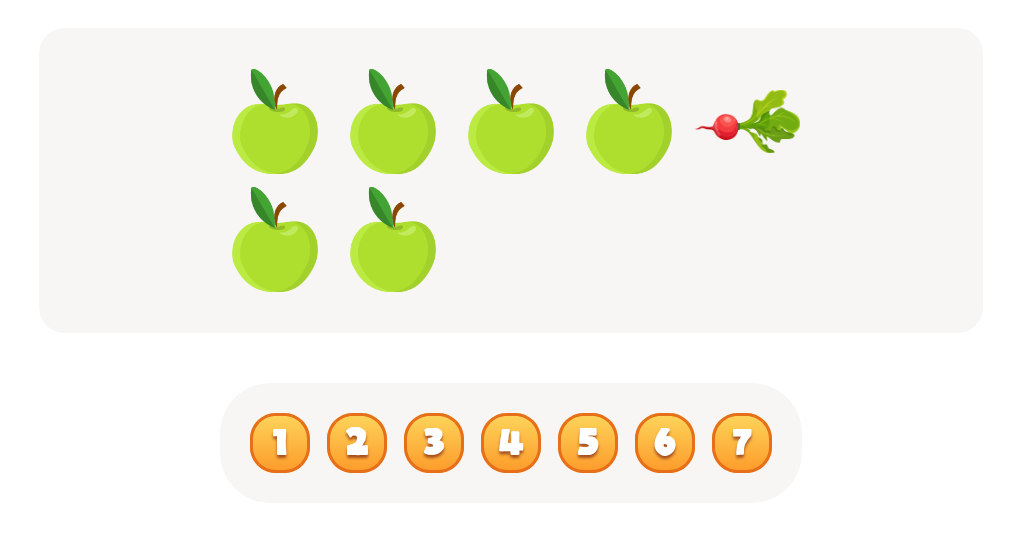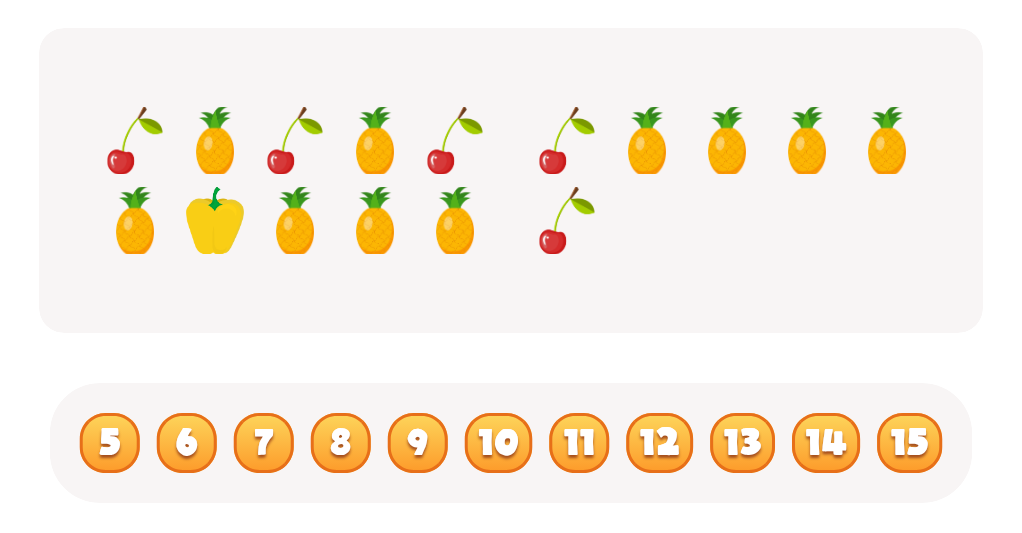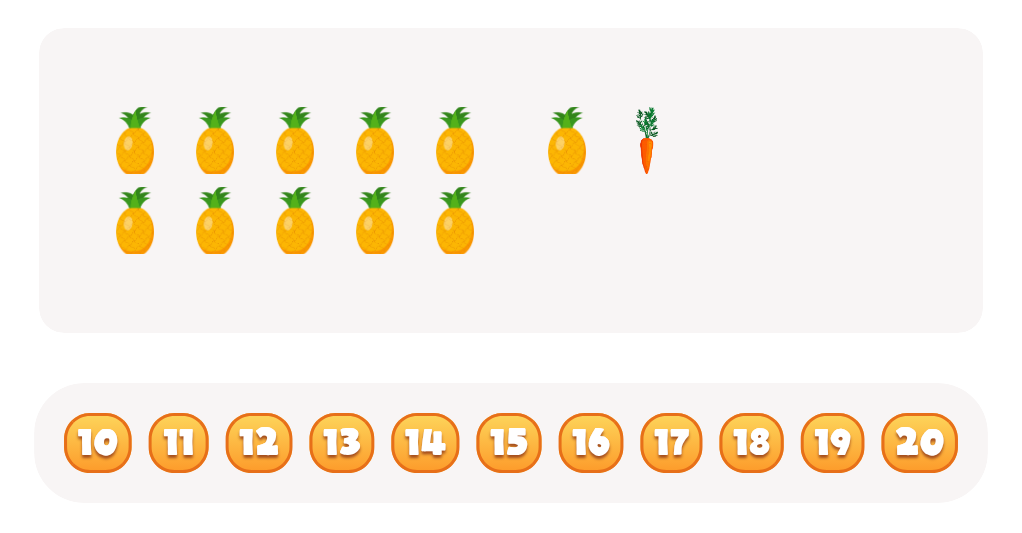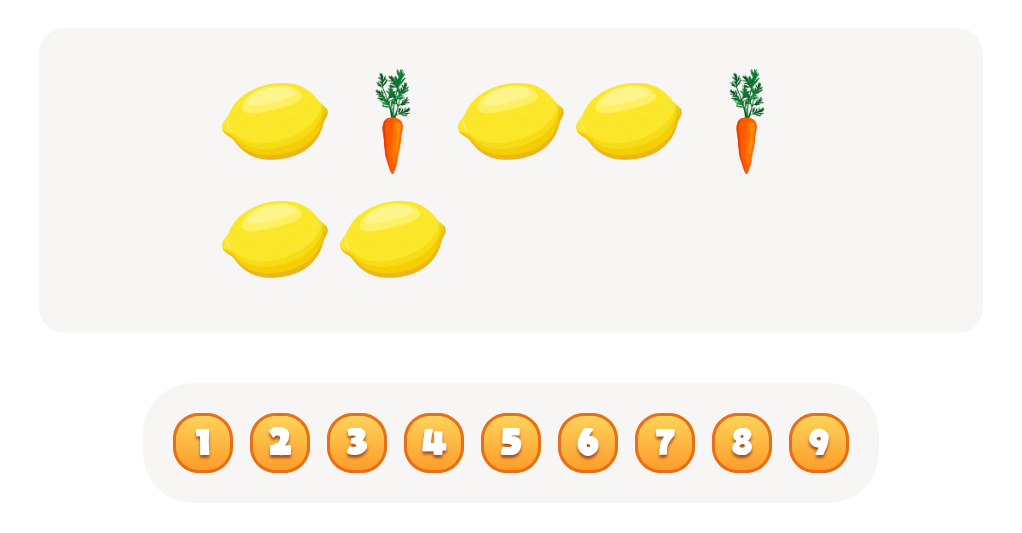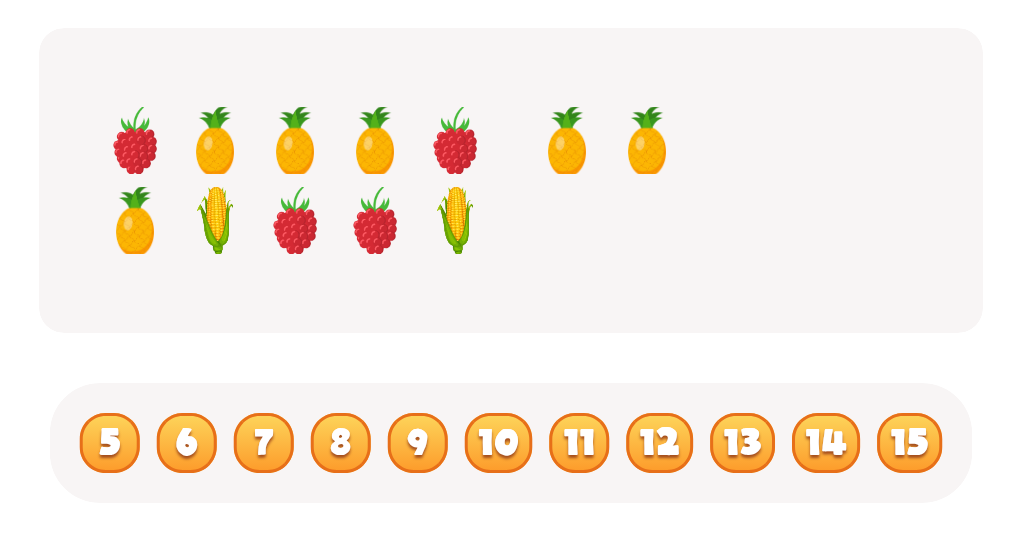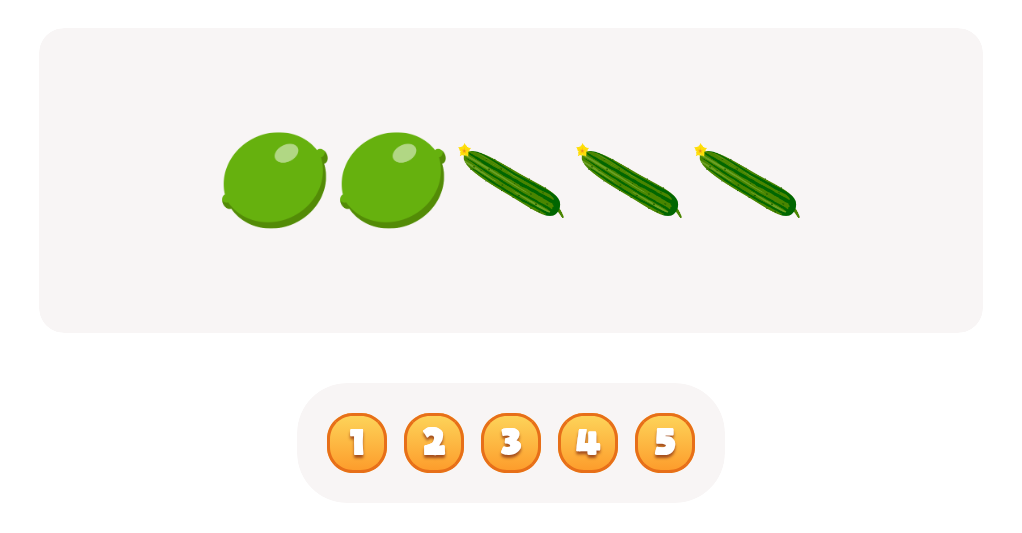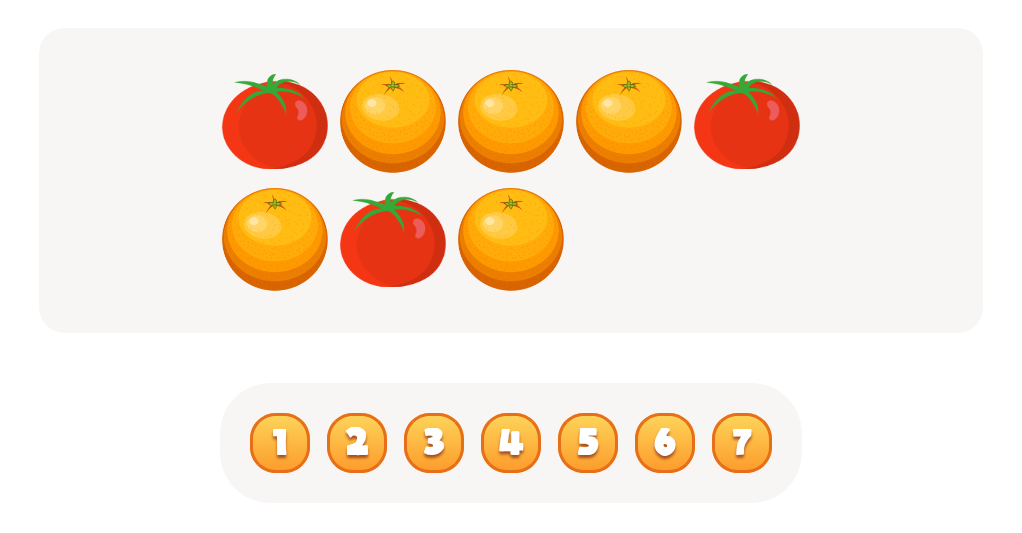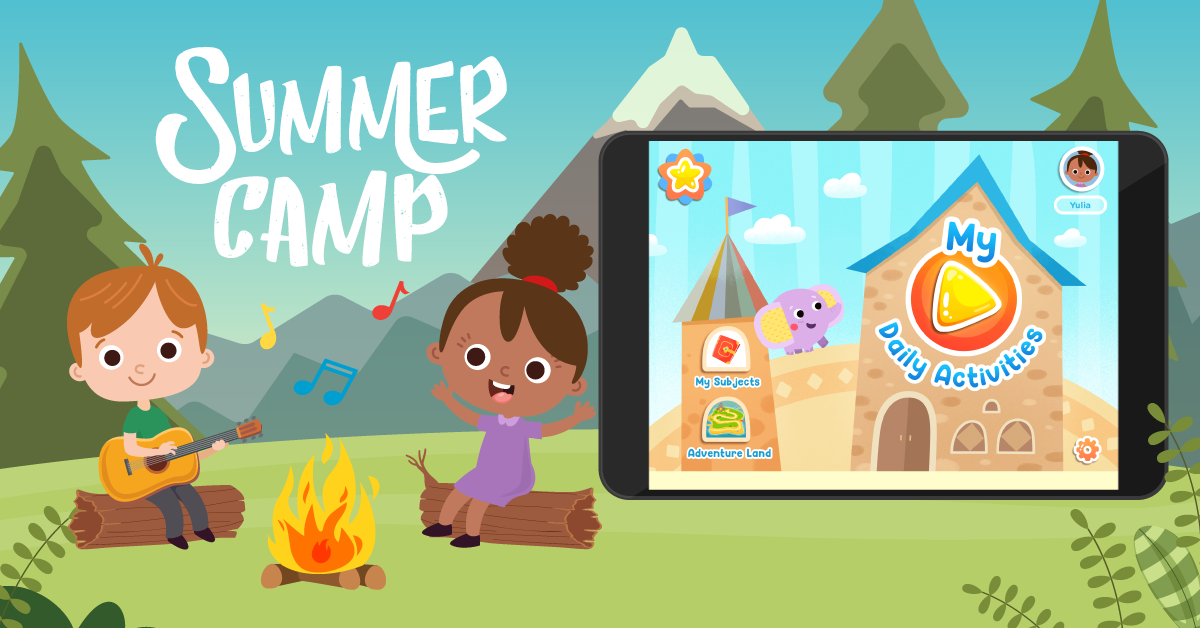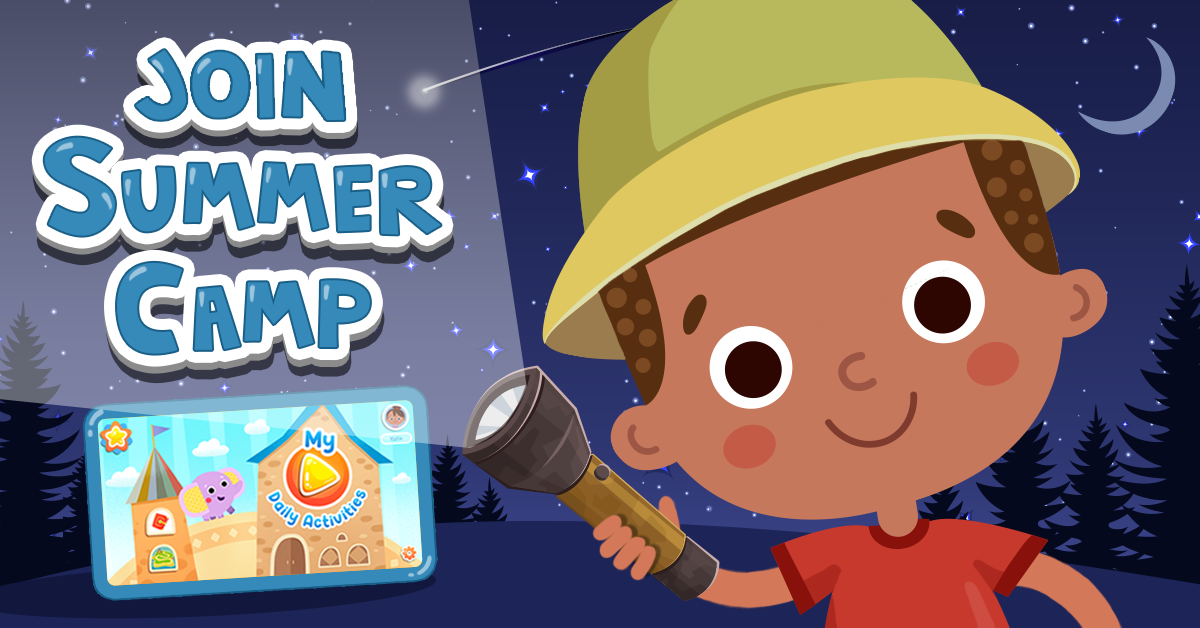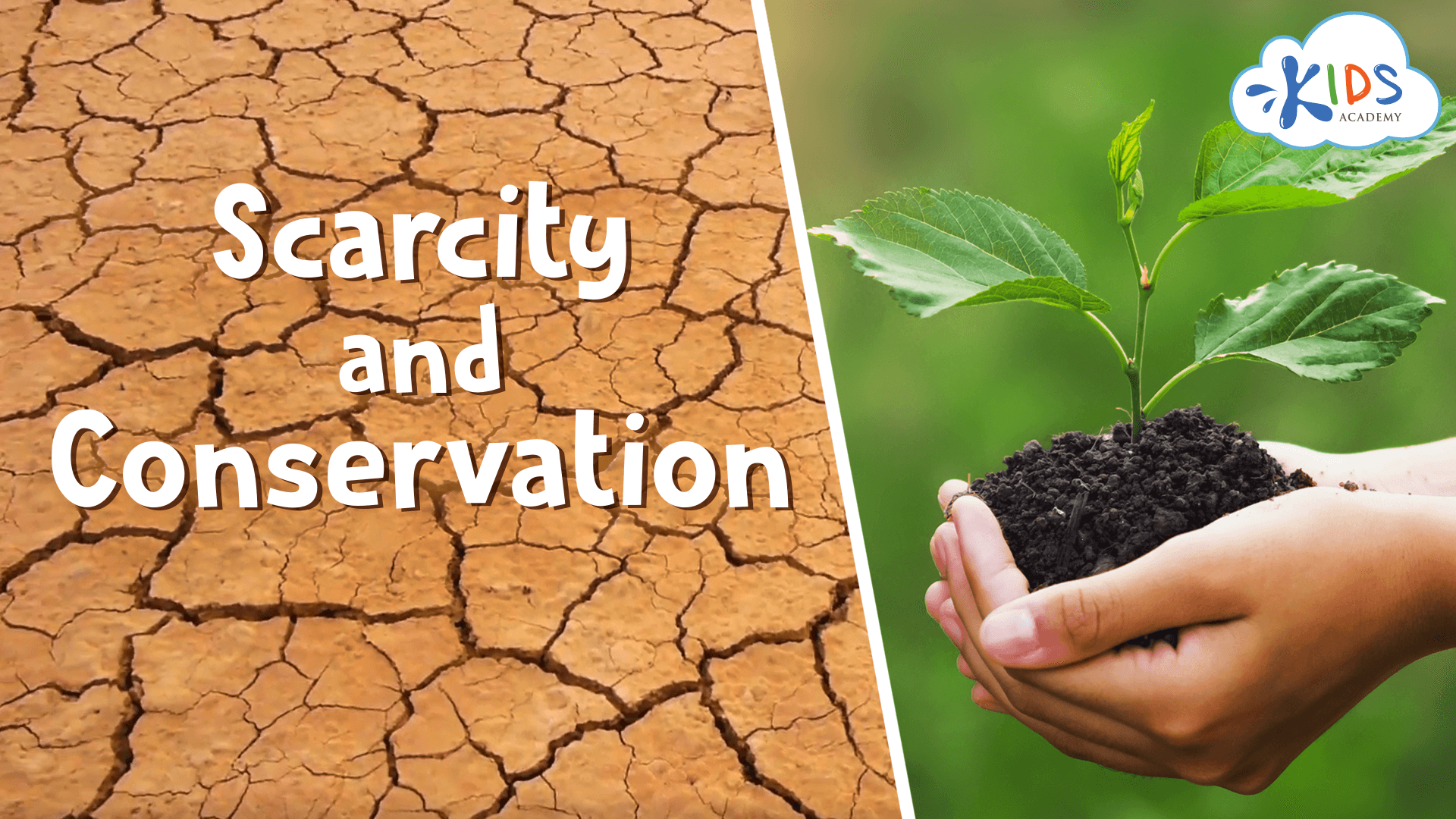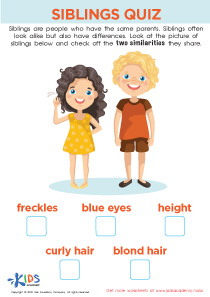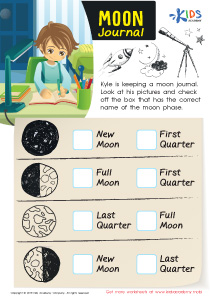Counting skills Normal Plants and Animals Worksheets for Ages 4-8
6 filtered results
-
From - To
Boost your child's counting skills with our "Counting Skills: Normal Plants and Animals" worksheets, designed for ages 4-8. These engaging, educational worksheets feature vibrant illustrations of plants and animals, making learning fun and interactive. Perfect for early grade students, each worksheet aims to enhance counting, sorting, and comparing abilities while familiarizing children with the natural world. Kids will develop essential math skills as they count seeds, leaves, petals, animals, and more. Foster a love for both nature and numbers with these worksheets, created to support young learners' academic growth and curiosity.
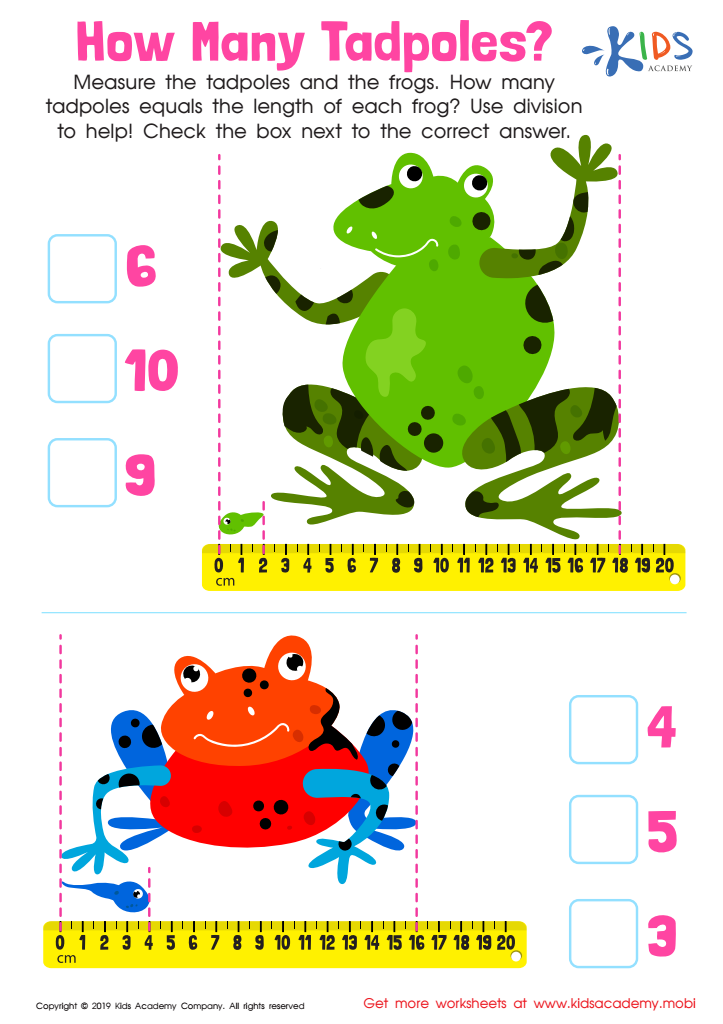

How Many Tadpoles Worksheet
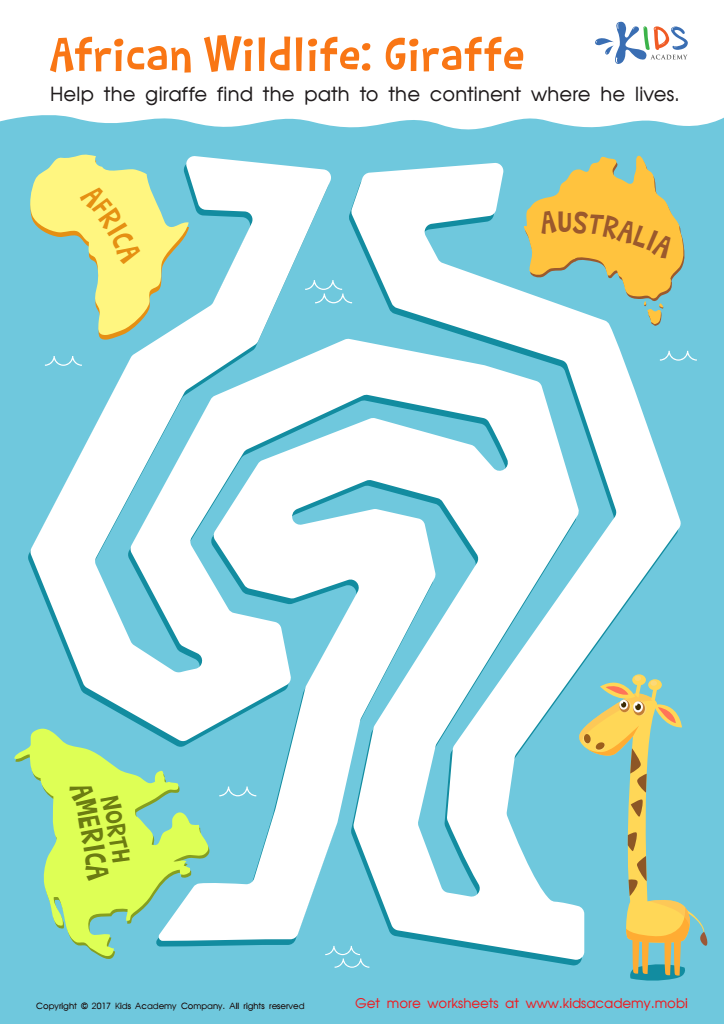

African Wildlife: Giraffe Worksheet
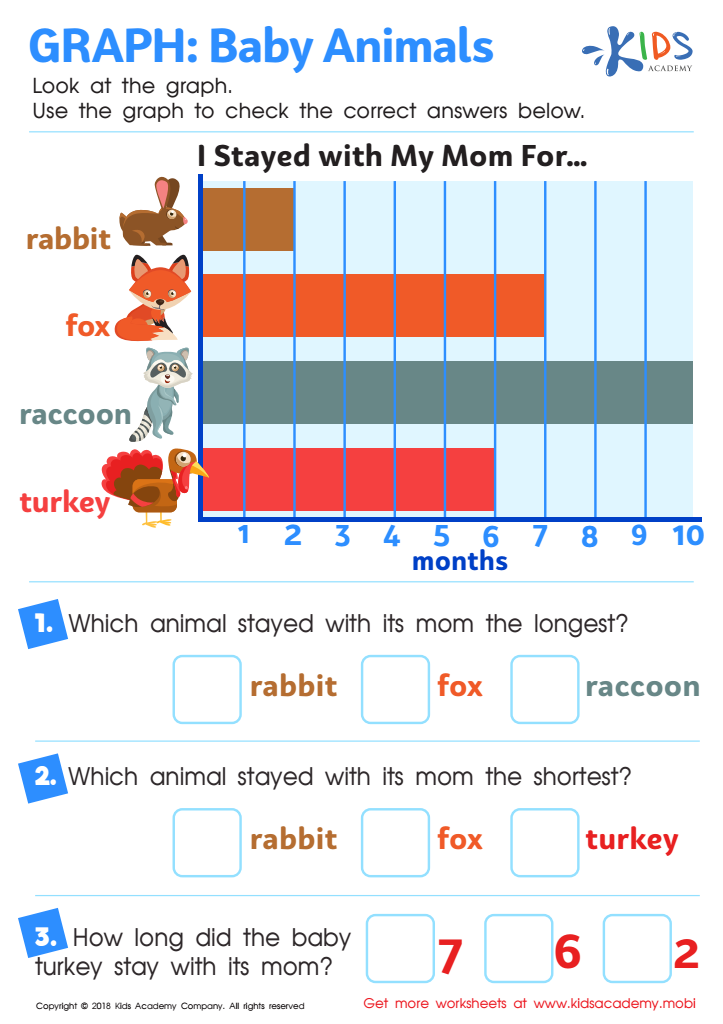

Graph: Baby Animals Worksheet
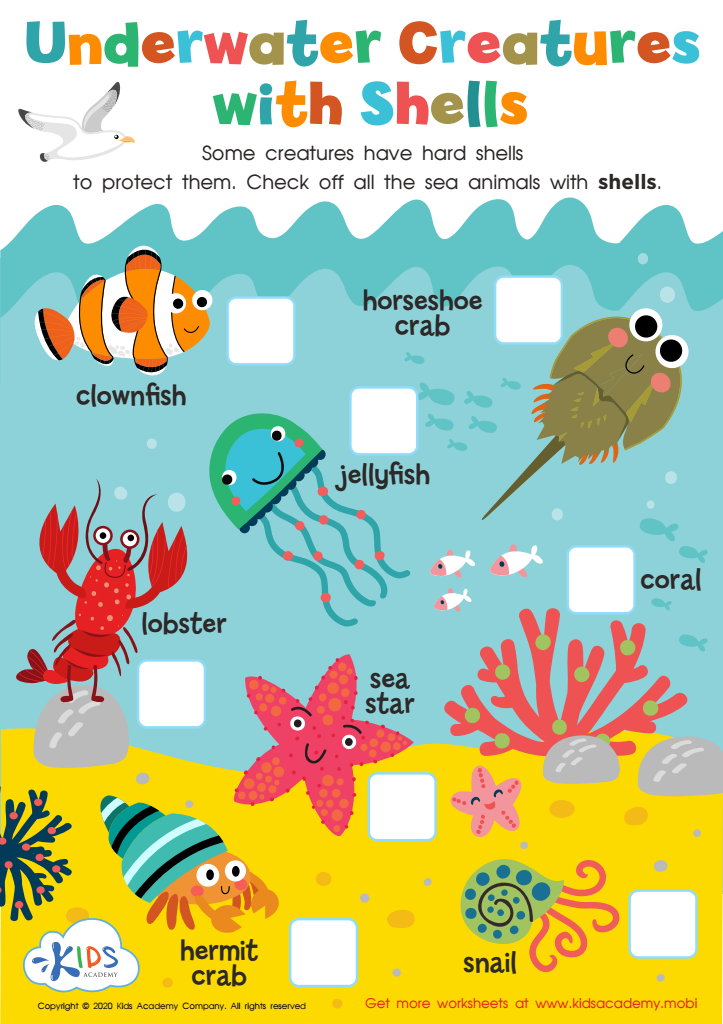

Underwater Creatures with Shells Worksheet
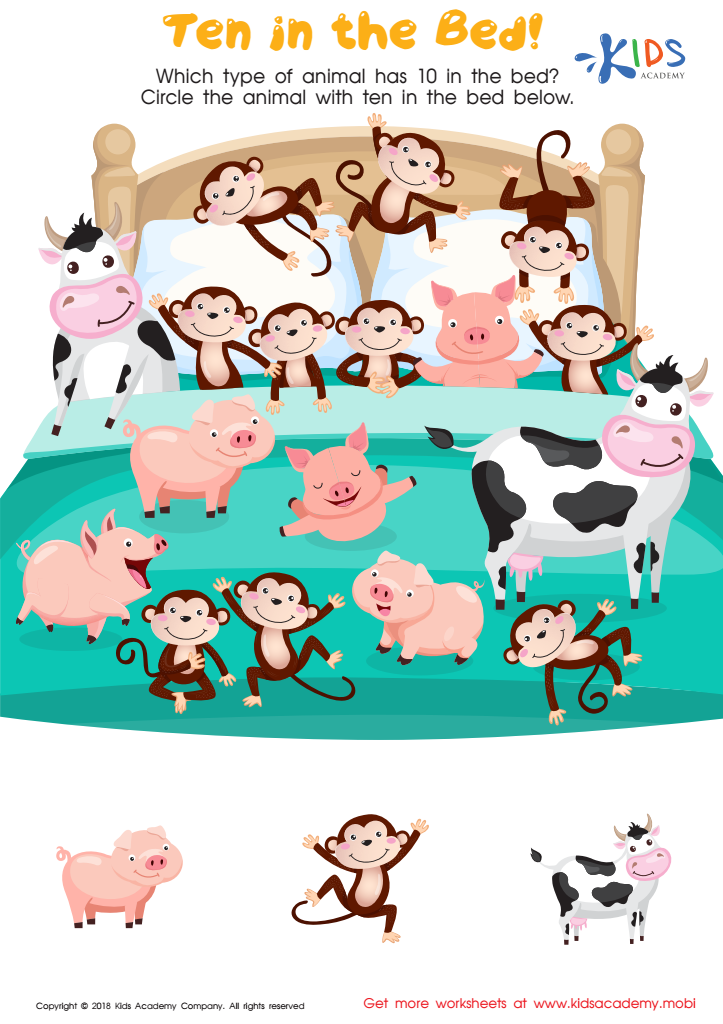

Ten in the Bed Worksheet
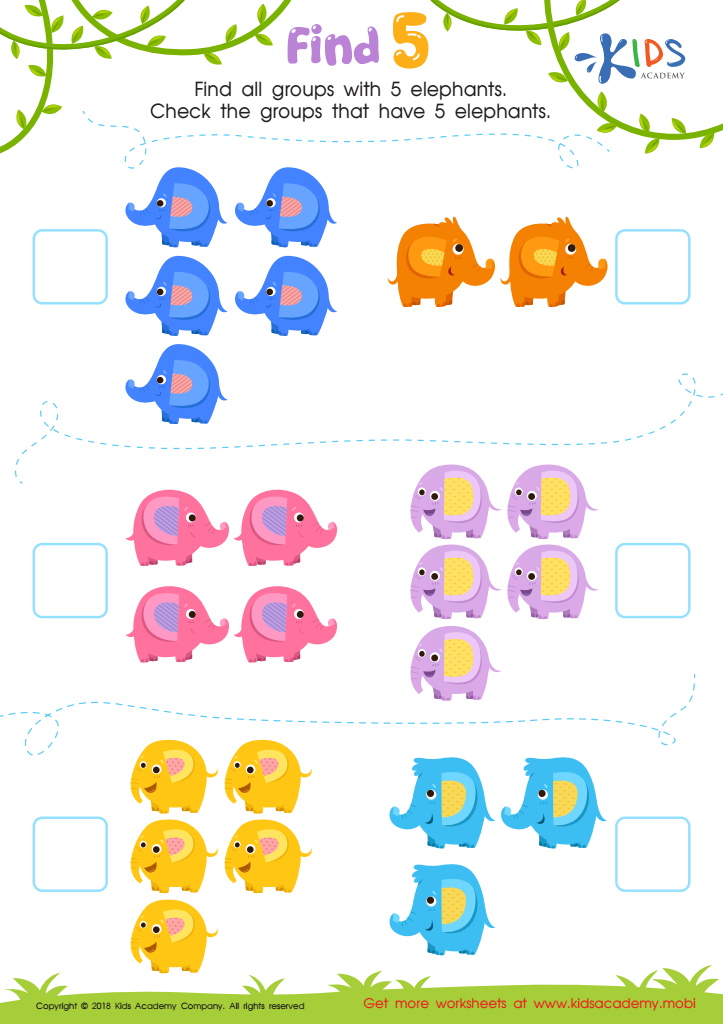

Find 5 Worksheet
Counting skills, along with foundational knowledge of plants and animals, are crucial for children aged 4-8 as they lay the groundwork for essential cognitive, social, and academic development. Counting is more than just reciting numbers; it enhances a child's understanding of quantity, order, and the concept of numbers, which are critical aspects of early math literacy. Strong counting skills foster problem-solving abilities, logical thinking, and the capacity to grasp more complex mathematical concepts, setting the stage for future academic success.
Simultaneously, understanding normal plants and animals nurtures a child's natural curiosity about the world around them. This early exposure to nature helps children develop observational skills, scientific thinking, and an appreciation for the environment. It also instills a sense of empathy and responsibility towards living organisms. By integrating lessons about plants and animals with counting activities—such as counting petals on flowers or legs on animals—children can make connections between numerical concepts and real-world entities, enriching their learning experiences.
Parents and teachers should care about these skills because they are foundational blocks that support holistic development. Encouraging curiosity about nature and familiarity with numbers in these formative years cultivates well-rounded, inquisitive, and knowledgeable individuals equipped for lifelong learning.

 Assign to My Students
Assign to My Students
